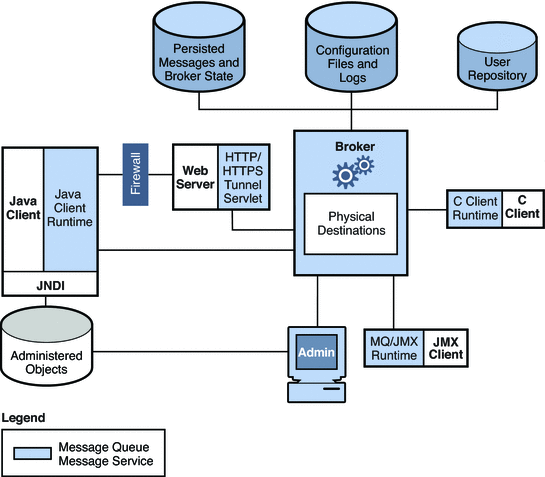

For instance, if we use a log-based Event Broker, we can “replay” these events as part of a historical log. More complex functions can also be achieved with chained Event Brokers. that a package has arrived (or, at the very least, that the state of the pad has changed). For instance, if we want to detect when a package has entered a production facility, we can use an API on a weighted pad to simply issue an event state change to all interested parties, updating the office manager, the production assistant, the receiving engine, etc. This is especially useful for logical functions. This means that as a state change occurs, those parties can almost immediately know that it happened.
#MESSAGE QUEUE GENERATOR#
ProsĪn Event Broker’s major pro is that it creates a direct information pipeline between the event generator and the interested parties. Ultimately, the paradigm remains the same: an event happens, it is sent to the broker, and then on to the interested parties. Some brokers may provide simple subscription pushes, while others might push events into a log based upon previously defined attributes. This is the basic order of things, yet even then, there are different kinds of brokers. Finally, the last actor, the Consumer, receives these events and processes them for whatever purpose they desire. Next, there is the Mediator or Broker when this Event is sent to the Consumer, it is either distributed in an orderly fashion to specific consumers (Mediator) or broadcast equally to all interested parties (Broker). The Event Producer is the entity that is responsible for the generation of the Event this is typically the API itself. In this architecture, there are three actors. In other words, it is a “push,” not a “pull” system. This stands in contrast to the traditional server-client model, in which a client actively requests updates about a set of information. In the Event-Driven Architecture approach, consumers “subscribe” to these events and receive notifications when they occur.

This state change can be simple or complex, but as soon as the state is changed, it counts as an event. In its simplest form, an event is any action that produces a change of state. To understand what an Event Broker is, it helps to understand what an event is and how it functions within Event-Driven Architecture. We’ll compare the two types, look at use cases, and consider some benefits and drawbacks of each approach.

Below, we’ll look at two styles within this broad domain - Event Brokers and Message Queues. We’ve talked previously about a wide range of topics concerning API events and messages - from current integration guidelines to protocols for event-driven API architectures, the idea of leveraging these systems to automate and streamline communication has been of great interest.


 0 kommentar(er)
0 kommentar(er)
